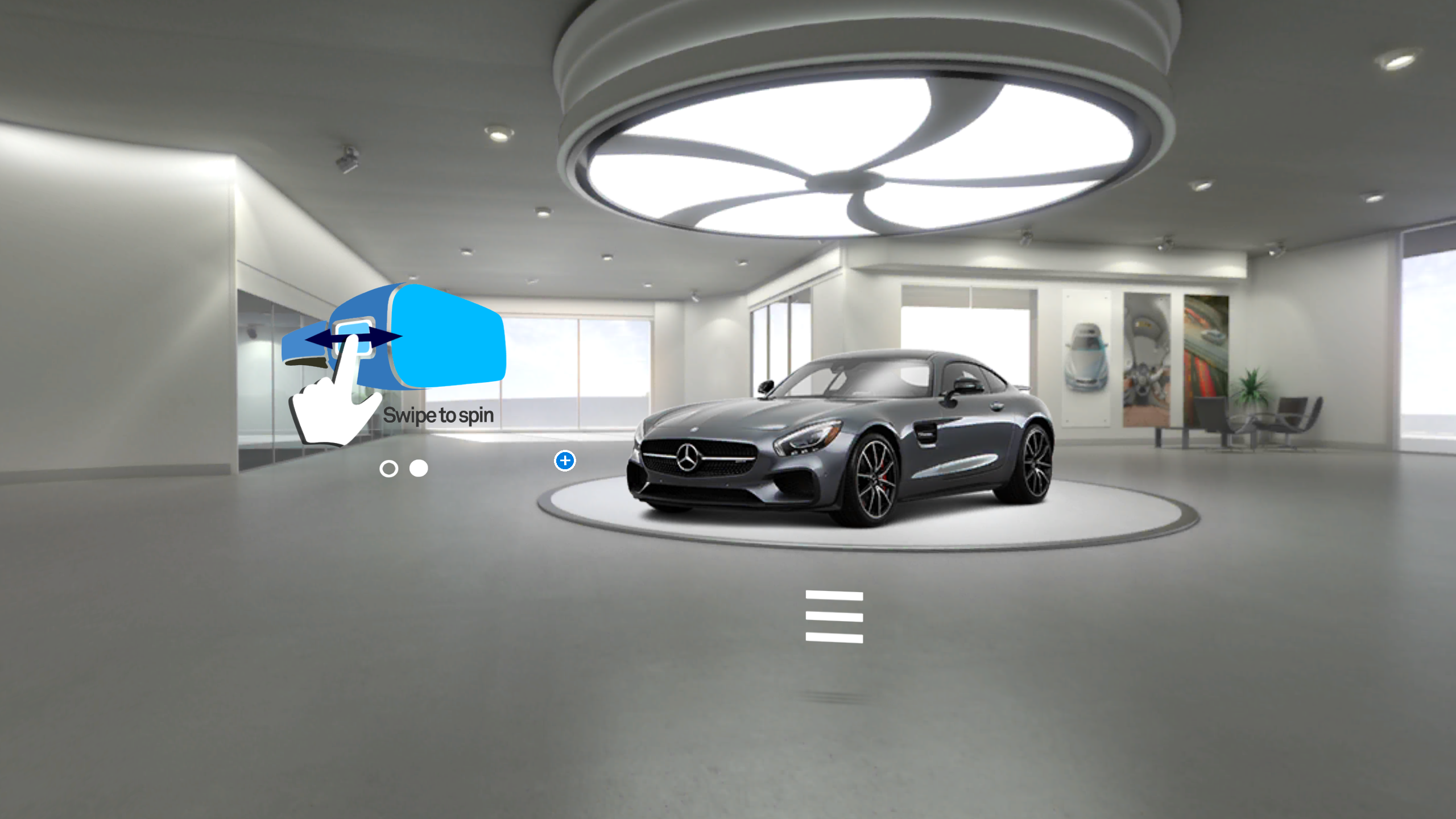
New Delhi:
It’s been 4 months since Mercedes-Benz introduced the first of its kind, direct to customer, vehicle retail model in India. Over 3,000 cars are estimated to have been sold through this model that allows customers to engage in, and complete the entire car purchase cycle digitally and directly with the OEM.During this period Mercedes-Benz India’s MD & CEO Martin Schwenk and his team received a significant amount of feedback. “It is even more than I thought, when we planned it. It is a model, which is really the retail of the future,” Schwenk said during a panel discussion on ‘Digitalisation: Going Beyond the Limits’, at the ETAuto Retail Forum 2022.
Over the last two and a half years, Mercedes-Benz has seen a steady growth in the number of bookings and sales through its online platform. From around 3% about 3 years ago, the share has grown to 20%, with some months clocking even more.
“With the first lockdown two years ago, we really put a lot of effort into making the entire sales transaction easier and smoother. We also upgraded the whole infrastructure and systems around that,” Schwenk said.
Maruti Suzuki, which leads the passenger vehicle industry on the other end of the price spectrum compared to the luxury car segment, thinks that the direct-to-customer model could be adopted in the volume segment of the industry too, but the time for it may not be ripe yet. “It could be a good system, ultimately, but will have to go through a series of tests and hurdles. There is also an intermediate model for volume players to adopt,” Shashank Srivastava, Senior ED – sales & marketing, Maruti Suzuki India, said.
intermediate stage which Maruti Suzuki has been following is the stockyard model, where to reduce the delivery time to the consumers and to the dealers, we have regional stockyards..Shashank Srivastava, Senior ED, Sales & Marketing, MSIL
“An intermediate stage which Maruti Suzuki has been following is the stockyard model, where to reduce the delivery time to the consumers and to the dealers, we have regional stockyards. And, the current taxation laws allow, without any loss on account of taxes, us to have a faster delivery to the dealer, and hence to the consumer,” he added.In the current era of disruption and innovation, digitalisation can play a major role in reshaping the automotive retail industry. That’s leading to the emergence of technology companies like Metadome, which has been commissioned by Hero MotoCorp to create a virtual showroom model. Prashant Sinha, Metadome’s co-founder and chief revenue officer, shared some initial observations of the collaboration during the discussion.
“With the introduction of the immersive virtual showroom product configurator with an augmented reality experience, the average time spent by the user has gone up 10 to 11 times, meaning if the customer was spending on an average of one minute on a website, it has gone up to an average of 11 minutes now,” Sinha said.
In an increasingly competitive environment where consumers may be getting more brand agnostic, digital technologies could help in attracting, and sustaining, the consumer’s interest. “We as dealers view digital as a great tool to make sure that customers are funnelled into our showrooms. And this tool is so strong and is going to become stronger,” C S Vighneshwar, Deputy MD, ARC Group, and Secretary, FADA, said. He is the franchise partner for Benelli, Toyota, and Volvo-Eicher.
We as dealers view digital as a great tool to make sure that customers are funnelled into our showrooms. And this tool is so strong and is going to become strongerC S Vighneshwar, Deputy MD, ARC Group, & Secretary, FADA
Vighneshwar is of the opinion that the commercial vehicle segment is the best for leveraging digital technology in retail. “Sales used to happen with booklets, but right now tablets have taken their place. And that’s where the industry is. If we can give that tool to the sales officers, the customer experience is going to become that much better,” he said. “Dealerships as the last mile connect to customers have to keep their minds open, and ears to the ground to listen to what the customer wants. In an evolving industry, which is witnessing a growing level of digitalisation and virtualisation, there’s also a “need to think about showrooms of the future as boutiques rather than Taj Mahals,” Vighneshwar said.
Even as the digitalisation wave grows, both Schwenk and Srivastava believe that certain aspects of the car buying process, like test drive and the final selection together with family or friends, or the consultation with a sales executive at a dealership in a rural market, would continue to remain in the physical world.
Sinha, who believes that the world is moving from digital to virtual, wants the industry to plan for what is going to happen five years from now. Well, no one can predict the future, but what’s most likely to happen is an evolution beyond the current levels of digitalisation, and adoption of virtual technology in the INR 5.5 lakh crore automotive retail industry.
Also Read:
















